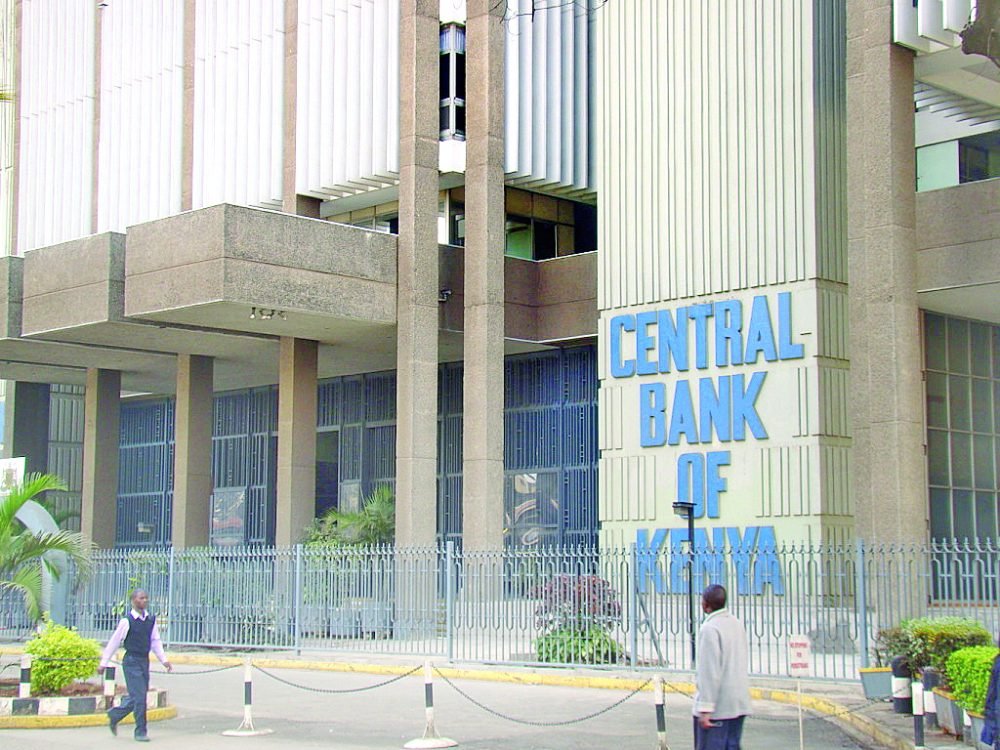CBK expected to cut key rate to spur credit uptake

Kenyan market analysts are increasingly optimistic about a potential 0.5 per cent reduction in the Central Bank Rate (CBR), which would lower it further from 12.75 per cent to 12.25 per cent.
Their expectation is primarily driven by a downward trend in inflation rates, which have consistently remained within the government’s target range.
According to Veronica Ndegwa, from the IPF Group, the anticipated move reflects efforts by the Central Bank of Kenya (CBK) to balance economic stability while addressing high lending rates that currently burden many borrowers.
On August 6, 2024, the CBK initiated this easing cycle by lowering its key policy rate by 25 basis points to 12.75 per cent per cent. This decision aimed to support economic growth amid fluctuating inflation rates and align with global economic conditions. Recent data indicates that Kenya’s annual inflation rate has slightly increased to 4.4 per cent from 4.3 per cent the previous month, and remains manageable and within acceptable limits of between 2.5 per cent and 7.5 per cent.
“The main determinant is inflation rate, which has remained within the government range and has been coming down for a while now,” Ndegwa said.
This cautious optimism suggests that the MPC, which is due to meet early next month is likely to consider further easing measures to stimulate borrowing and investment without triggering inflationary pressures. Adding to this context is the recent decision by the Federal Reserve (Fed) to cut its benchmark interest rate by 0.50 percentage points, marking its first rate cut in four years.
This decision was influenced by signs of moderating inflation and a weakening labour market in the United States. The new target range for the federal funds rate is now between 4.75 per cent and 5 per cent.
The implications of this Fed rate cut extend beyond US borders, potentially benefiting emerging markets like Kenya.
Lower interest rates in the US may lead investors to seek higher returns elsewhere, making Kenyan assets more attractive for foreign direct investment (FDI). FDI inflows into Kenya surged to about $728.7 million (Sh93.6 billion) in 2023, up from $393.6 million (Sh50.6 billion) in 2022, illustrating growing investor confidence.
A weaker US dollar resulting from lower interest rates could strengthen the Kenyan shilling, making imports cheaper and easing the burden of servicing foreign-denominated debt, which stood at about $39.2 billion (Sh5.8 trillion) as of March 2024. As of late September 2024, the Kenyan shilling was trading at 129 to the dollar.
This strengthening of the shilling could further enhance Kenya’s economic position by reducing import costs and improving trade balances, thereby fostering an environment conducive to growth.
Analysts believe that if the CBR is reduced, banks will likely lower their lending rates which currently hover around 20 per cent making borrowing more affordable for individuals and businesses alike.
As analysts look ahead, they see a clear path for the CBK to continue its monetary easing strategy while carefully monitoring domestic indicators such as gross domestic product (GDP) growth and employment rates.
The projected economic growth for Kenya stands at 6 per cent for 2024, driven by increased agricultural output and expansion in the services sector.








